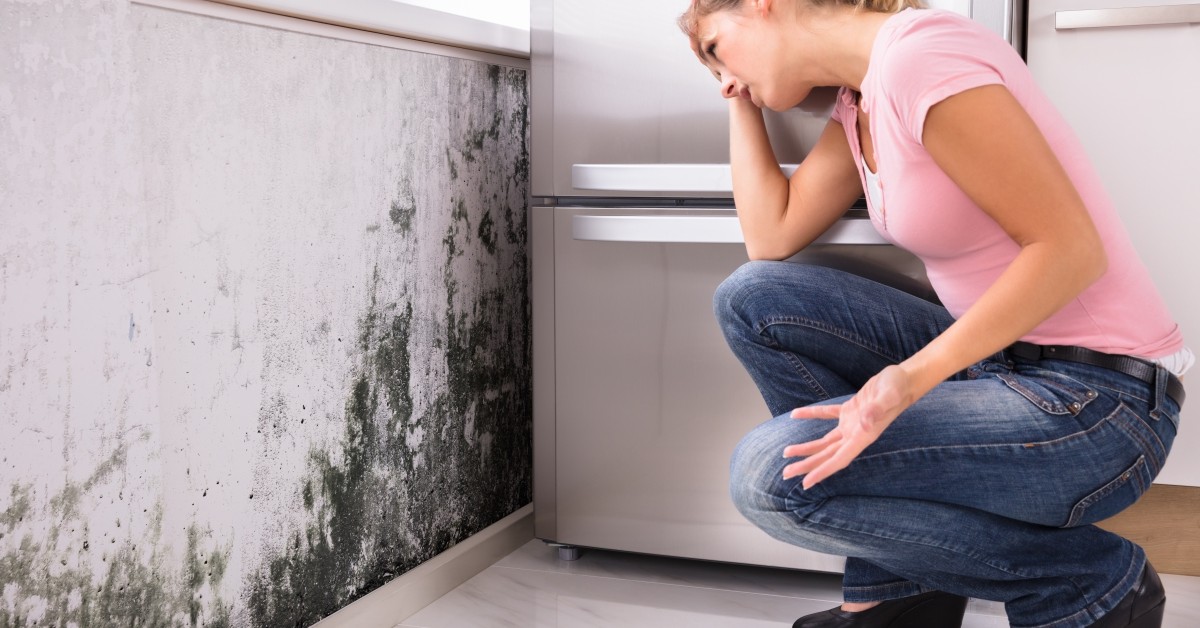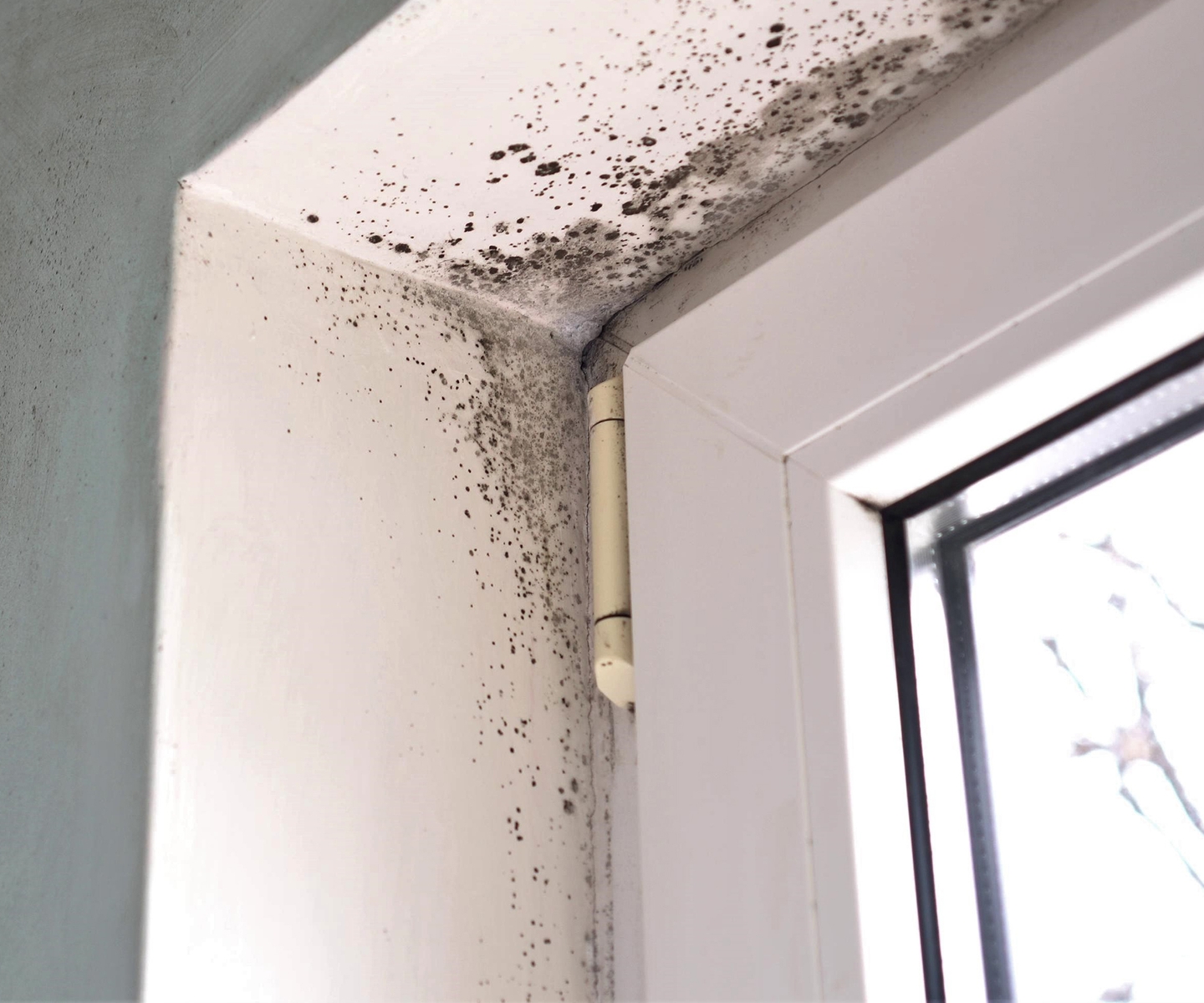Comprehensive Post Mold Remediation Procedures
Comprehensive Post Mold Remediation Procedures
Blog Article
Secret Tips for Effective Message Mold And Mildew Removal
Successfully completing mold remediation is a multifaceted procedure that needs focus to detail and adherence to specific methods. These steps not just validate the success of the removal initiatives however additionally contribute to stopping future mold and mildew development.
Inspection of Treated Areas
Upon conclusion of the mold and mildew remediation procedure, a comprehensive inspection of the dealt with locations is necessary to make sure the effectiveness of the removal efforts. This inspection works as a critical action in the post-remediation stage to verify that the mold removal and clean-up procedures achieved success in eliminating the mold infestation and bring back a risk-free interior atmosphere. The assessment must be performed by certified professionals who have the proficiency to analyze the remediated areas meticulously.
During the assessment, different elements are assessed to identify the success of the removal procedure. These consist of visual assessments to look for any kind of signs of mold development or water damage, moisture degrees to confirm that the area is complimentary and completely dry of excess humidity that can advertise mold re-growth, and air quality testing to guarantee that the interior air is risk-free to take a breath. In addition, the inspection may involve utilizing specialized devices such as wetness meters and thermal imaging video cameras to spot hidden mold or dampness pockets that can cause future mold troubles if left unchecked. On the whole, a comprehensive assessment of the treated areas is crucial to verify the efficiency of the mold and mildew remediation initiatives and give assurance to the residents of the home.

Wetness Control Steps
Effective wetness control steps are important for protecting against mold growth and preserving a healthy and balanced interior setting. To achieve this, it is critical to deal with resources of moisture within the structure. Proper air flow is key to managing moisture levels. Setting up exhaust followers in bathrooms and kitchen areas can assist remove excess wetness. In addition, utilizing dehumidifiers in damp areas can aid reduce humidity levels, making it harder for mold to prosper.
Frequently preserving the structure and checking's outside can additionally protect against wetness breach. testing air quality after mold remediation. Ensuring that seamless gutters are clear, downspouts direct water far from the structure, and the roofing system is in great condition can help stop water from seeping right into the building. Properly sealing doors and windows can also assist maintain wetness out
Any kind of leakages or spills must be cleansed and dried out within 24-48 hours to protect against mold development. By applying these dampness control actions, the threat of mold and mildew persisting can be substantially minimized, producing a much healthier indoor environment.
Correct Ventilation Evaluation
An integral facet of guaranteeing a healthy and balanced interior environment message mold and mildew remediation is performing a detailed evaluation of the ventilation system. Proper ventilation evaluation plays a crucial duty in stopping future mold growth and maintaining air quality within the affected area.
Furthermore, assessing the ventilation system consists of examining the circulation of air throughout the location to recognize any type of areas of bad blood circulation where moisture and pollutants can accumulate. Appropriate ventilation not only aids in controlling moisture levels but likewise aids in getting rid of air-borne mold and mildew spores and various other toxins, thereby enhancing general indoor air quality. By resolving any kind of ventilation problems post mold remediation, building proprietors can produce a much healthier and extra comfy setting for residents while decreasing the danger of mold re-infestation.
Cleansing and Disinfection Protocols
To make sure extensive mold and mildew remediation, precise adherence to certain cleaning and disinfection methods is critical. Cleaning and disinfection procedures play a crucial function in the post-mold remediation phase to stop the reoccurrence of mold and mildew development and make sure a healthy and balanced and secure environment. The initial step in this process is the elimination of any kind of noticeable mold and mildew growth utilizing suitable cleaner mold removal reviews and strategies. It is necessary to make use of EPA-approved fungicides and anti-bacterials to efficiently eliminate mold and mildew spores and stop their regrowth.
After the initial cleaning, thorough disinfection of the impacted locations is necessary to kill any kind of remaining mold spores and hinder their spreading. This step is vital in stopping the spread of mold and mildew to various other parts of the building. Additionally, executing safety nets such as applying mold and mildew preventions and keeping correct ventilation can help lessen the danger of future mold invasions. By complying with stringent cleaning and disinfection protocols, home owners can guarantee the successful removal of mold and create a healthy and balanced indoor environment for occupants.
Surveillance and Maintenance Plan
Implementing a routine surveillance and maintenance strategy is vital for making sure the long-term efficiency of mold and mildew remediation initiatives. As soon as mold and mildew removal is finished, it is important to develop a monitoring routine to examine the success of the removal process. This includes regularly examining the previously impacted areas for any type of indicators of mold and mildew recurrence or water damage. By conducting routine checks, any kind of new mold growth can be quickly determined and attended to, avoiding a reoccurrence of the preliminary issue.
In addition, creating a maintenance plan is vital to avoiding future mold concerns. Normal upkeep not just aids in protecting against mold and mildew yet additionally adds to keeping a healthy and balanced interior atmosphere - what to do after mold remediation.
Final Thought
Finally, successful blog post mold and mildew removal involves thorough examination of treated locations, application of wetness control measures, analysis of proper air flow, adherence to cleansing and disinfection methods, and facility of a monitoring and upkeep strategy. These essential actions are vital to webpage make certain that mold and mildew growth is properly eliminated and avoided from reoccuring in the future. By following these guidelines, homeowner can preserve a healthy and risk-free atmosphere for owners.
Upon conclusion of the mold and mildew removal process, a complete examination of the treated locations is imperative to guarantee the efficiency of the remediation efforts. These include visual evaluations to examine for any kind of indicators of mold and mildew development or water damages, dampness degrees to verify that the location is free and dry of excess humidity that can advertise mold re-growth, and air quality testing to ensure that the interior air is secure to breathe. In addition, the examination may involve making use of specialized devices such as moisture meters and thermal imaging video cameras to detect hidden mold or look what i found dampness pockets that might lead to future mold and mildew issues if left unattended. By addressing any kind of air flow issues publish mold removal, home proprietors can produce a healthier and more comfortable setting for residents while lowering the risk of mold re-infestation.

Report this page